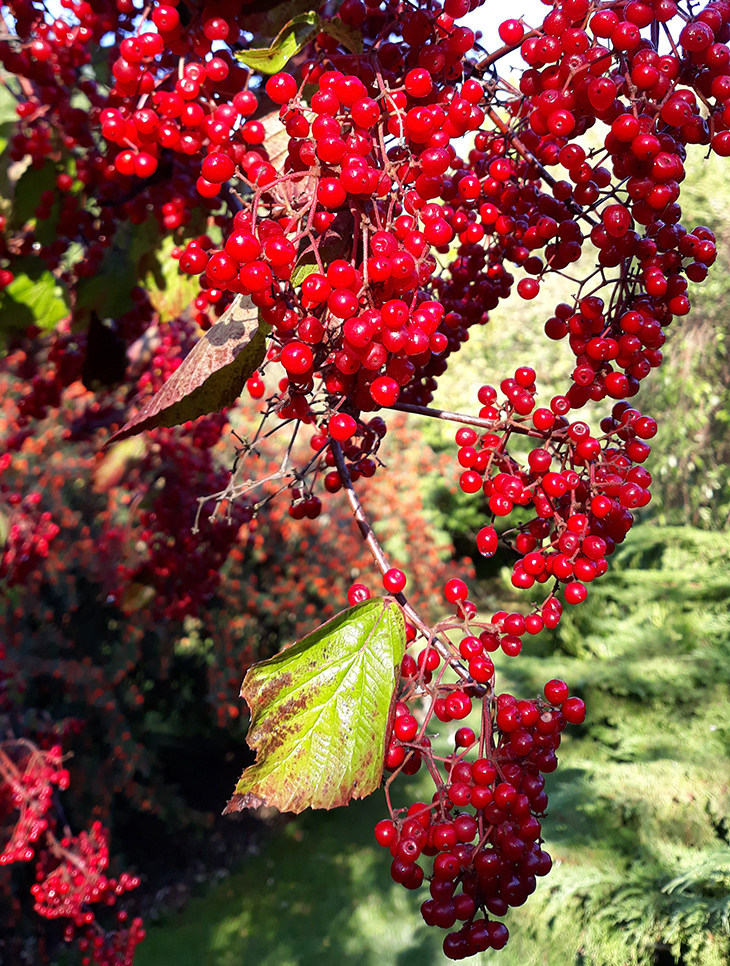By Jennifer Mason, Senior Collections Management Archivist, West Sussex Record Office
In two prior blog posts staff at WSRO have talked about the work that they’ve been doing at home through the pandemic. Today’s blog post is just one example of how we’ve been able to continue to provide a service to our users, despite the challenges of remote working.
In March 2020, just a week before lockdown was announced, we were thrilled to receive the Highdown Gardens archive. We had been working with the Highdown Gardens on their National Lottery Heritage Fund project and as part of this were able to offer the archive a home where it could be stored in secure, environmentally controlled strongrooms and made available to researchers.
We were particularly pleased to receive this collection because, aside from a visitor’s book and photograph album, WSRO holds very little about Highdown and the important work that Sir Frederick and Lady Sybil Stern did to transform the site into an internationally renowned chalk garden.
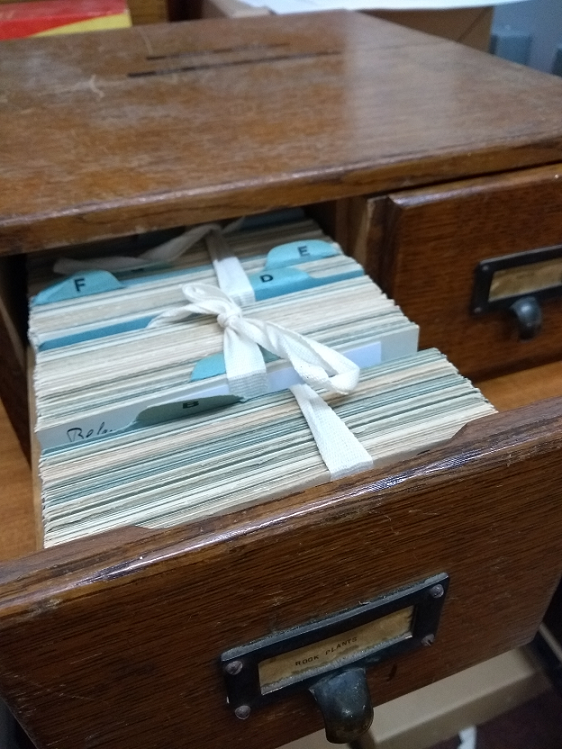 WSRO Acc 19802 Highdown index cards
WSRO Acc 19802 Highdown index cards
The archive includes important evidence of the Sterns’ work, their research, plant collecting, and their connections with botanists, plant hunters, scientists and the Royal Family. This is partly in the form of Stern’s plant index cards – detailed notes of different plant species, often with information about where they were found, the name of the plant hunter who found them, when Stern had planted seeds or cuttings, and the results. Some even include his sketches. There is also a series of glass plate negatives and photographs of many of the plants at Highdown, as well as people the Sterns had known and who had visited the house and gardens from 1918 to 1967.
It’s a fascinating archive but because staff at WSRO have mainly been working at home over the last year, it hasn’t yet been possible to catalogue it or to provide the individual items with detailed locations. This means that finding specific items within the collection can be challenging…
When Hamish MacGillivray, Heritage Consultant on the Highdown Project, contacted me and my colleague, IT Officer Clare Snoad, to request the digitisation of a specific glass plate negative and seven of Stern’s plant index cards for a history section for the new Highdown Gardens website we needed to rise to this challenge!
Hamish had provided a detailed description of the original location of the glass plate negative – which is a wonderful image of plant hunter Ernest Wilson. Because the negatives are in the process of being cleaned and repackaged many are still in their original boxes and Clare was able to track this down, with assistance from James Gaffney who is currently cleaning the negatives.
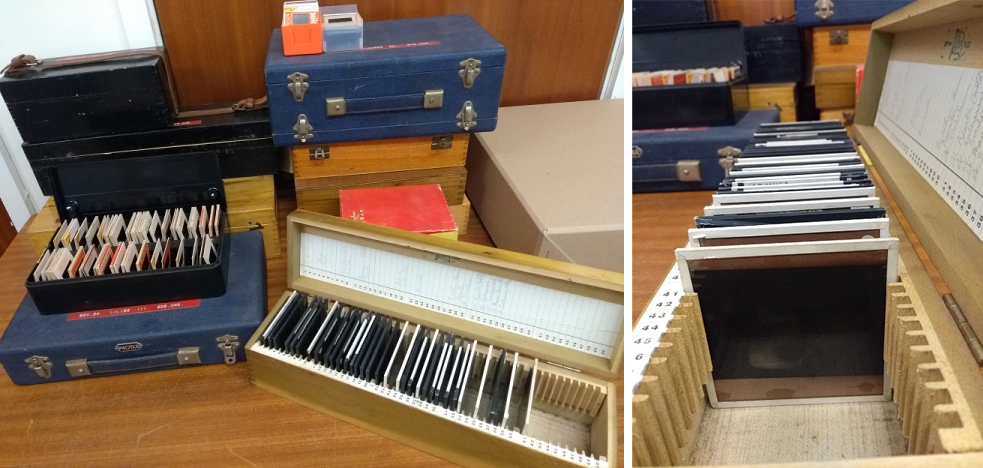
When it came to the index cards, we had enormous help from a large spreadsheet which Highdown volunteers had compiled, listing all of the individual cards and (importantly) which card index drawer they were in. With a bit of detective work (the cards aren’t necessarily in straight alphabetical order – genus subgroups are sometimes stored separately) I was able to locate the correct cards and leave them for Clare to digitise the following day.
 WSRO Acc 19802 – Index card example for magnolia delavayi, 1912 and lilium albanicum, 1932
WSRO Acc 19802 – Index card example for magnolia delavayi, 1912 and lilium albanicum, 1932
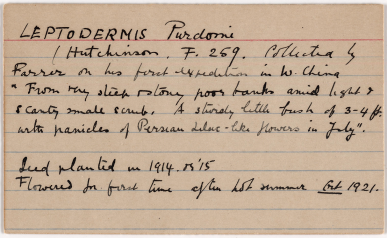 WSRO Acc 19802 – Index card example for leptodermis purdorni, 1921
WSRO Acc 19802 – Index card example for leptodermis purdorni, 1921
The whole process, from receiving the list of the index cards to providing Hamish with digital images took just four days – with Clare and I in the office separately for only two of them. We were really pleased to have been able to help the project and overcome the twin obstacles of limited access to the office and a new, uncatalogued archive, greatly assisted by all of the work the Highdown volunteers put into the plant index cards spreadsheet.
We’re hoping to be able to turn our attention to cataloguing this important archive once we’re back in the office on a full time basis. We don’t yet know when this will be but please watch this space.
Please also keep an eye on the blog for a future post from Hamish about his fascinating research into the Highdown visitors’ book and look out for the launch of the new Highdown Gardens website in May. The Gardens will gradually open to the public from June.
 Hello my name is Pete, I am the Senior Gardener here at Highdown Gardens.
Hello my name is Pete, I am the Senior Gardener here at Highdown Gardens.

 Hi everyone, I’m Alex and I’m the Plant Heritage Officer at Worthing’s treasured Highdown Gardens.
Hi everyone, I’m Alex and I’m the Plant Heritage Officer at Worthing’s treasured Highdown Gardens.


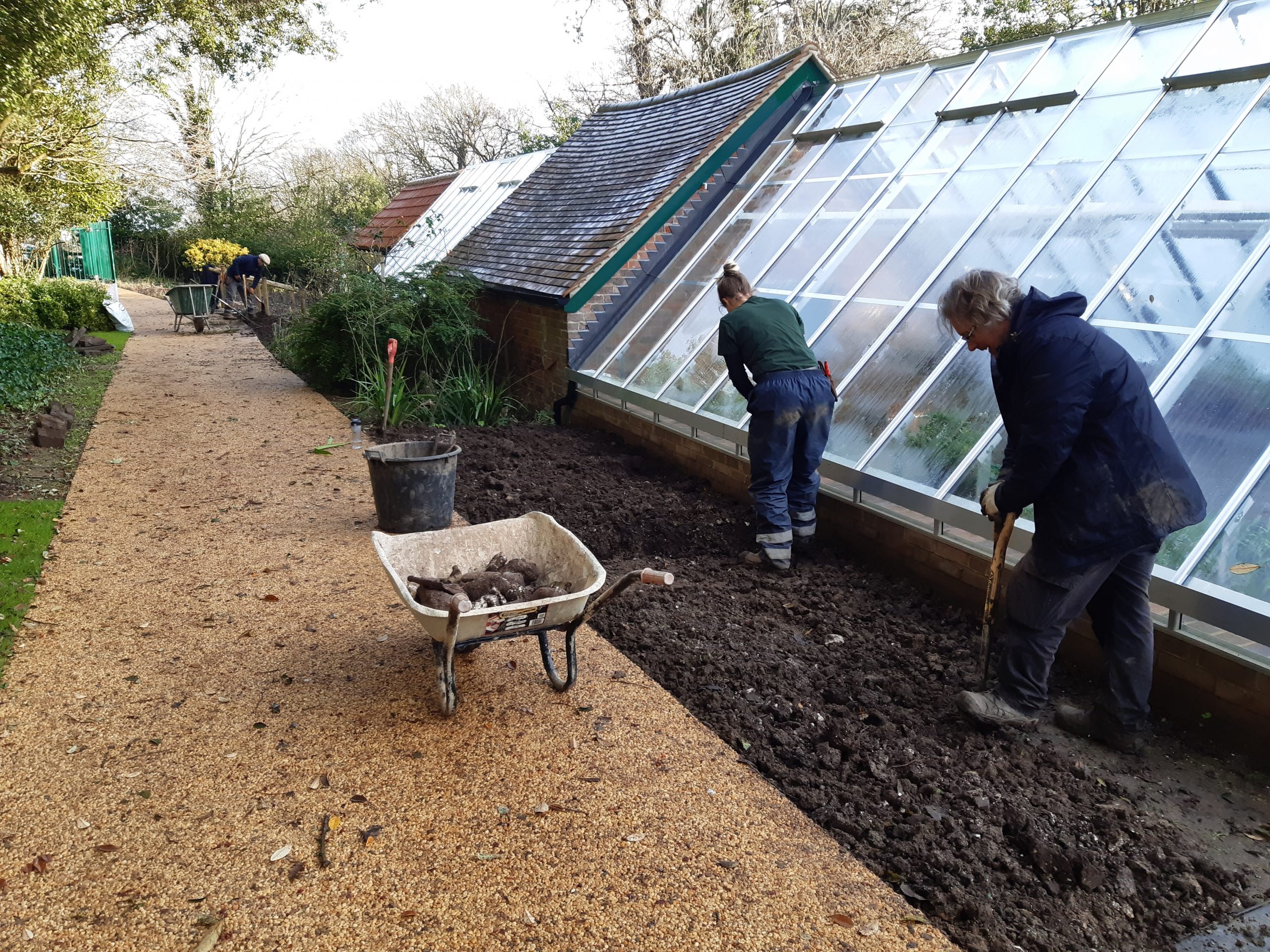
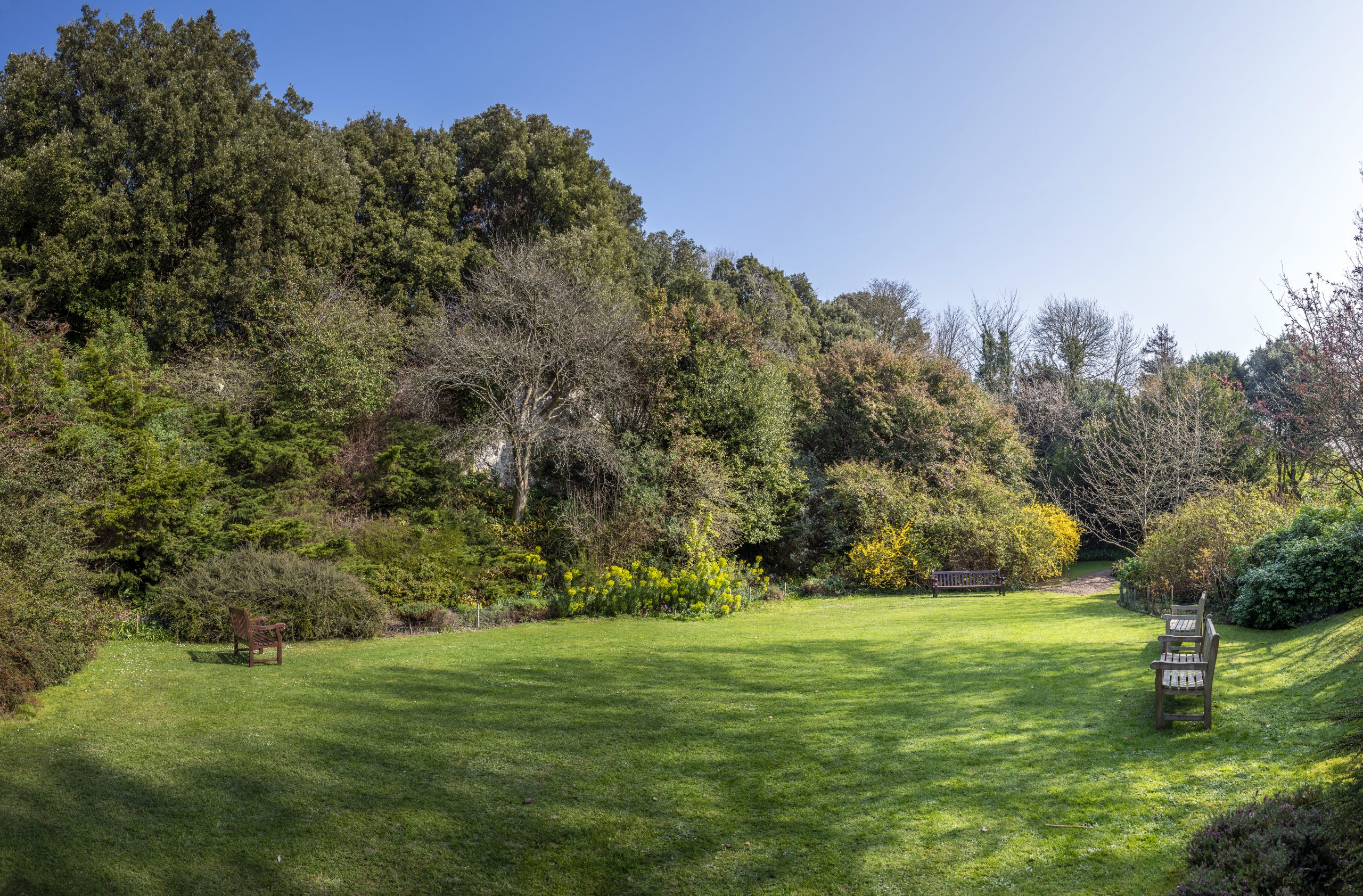






 WSRO Acc 19802 Highdown index cards
WSRO Acc 19802 Highdown index cards
 WSRO Acc 19802 – Index card example for magnolia delavayi, 1912 and lilium albanicum, 1932
WSRO Acc 19802 – Index card example for magnolia delavayi, 1912 and lilium albanicum, 1932 WSRO Acc 19802 – Index card example for leptodermis purdorni, 1921
WSRO Acc 19802 – Index card example for leptodermis purdorni, 1921




